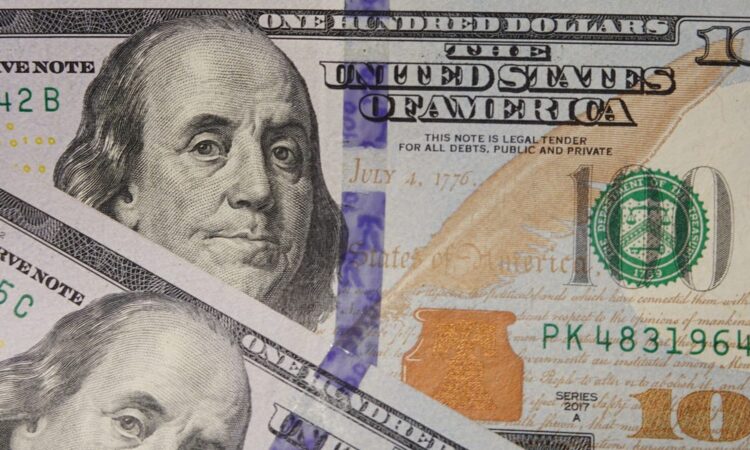
- The US can counter de-dollarization efforts, a think tank expert says.
- De-dollarization threats are distant, but US actions could weaken the greenback.
- The US needs to ensure domestic stability, pursue trade partnerships, and promote tech-based solutions.
There are a number of forces that could stir up de-dollarization, but the US has ways to keep the greenback dominant, Carla Norrlöf told Project Syndicate.
The trend of countries moving — or planning to move — away from the US currency for trade and central bank reserves has accelerated in recent years among players like Russia, China, and other BRICS states. Currency experts have sounded the alarm on what it could mean for the dollar hegemony in global trade and finance.
Norrlöf,a non-resident senior fellow at the Atlantic Council, said in an interview that preventive measures require that Washington focus on its own stability while engaging positively with its global partners.
To be sure, Norrlöf has been skeptical about de-dollarization. Although the movement has gained prominence in recent years, it’s not guaranteed to change anything, she previously argued.
Norrlöf has separately written that international strife is unlikely to precipitate a major pull away from the dollar. That goes against some of the most popular explanations for growing de-dollarization rhetoric, as many have blamed US sanctions as the key reason why foreign players would want to limit their dollar exposure.
“It is true that sanctions and other geostrategic measures could undermine the dollar’s dominance, but the risk is often overstated,” she said in the interview. “The dollar’s centrality in global finance – reinforced by its position in trade, financial markets, and countries’ foreign-exchange reserves – creates substantial barriers to any large-scale shift away from its use.”
She also explained that efforts to promote alternative currencies and payments systems have yet to meet the reach and scale of the US dollar.
But Norrlöf did lay out some scenarios where de-dollarization could gain momentum.
A credible contender could emerge if foreign economies, including US allies, coordinate. To that end, the US should look to prevent counter-coalitions from forming, and do so by seeking out healthy foreign policy and positive trade partnerships, she said.
“If other countries think the US is pursuing an overly aggressive or unilateral foreign policy, or enforcing biased policies at odds with the liberal international order it purports to support, they might seek to reduce the dollar’s influence over their economies,” she wrote, citing the possible seizure of Russian frozen assets as an example.
Still it’s unlikely for American allies to unite against the dollar. And while China-led efforts have been underway, other countries would need to consider any competitive currency as both safe and reliable, Norrlöf said.
To prevent the trend from accelerating further, the US should also actively pursue dollar stability through tech-based financial solutions, such as developments in digital payments. This could help stem the rise of substitute payment systems that have cropped up regionally.
Finally, it’s important that the US reinforces the economic factors that give the dollar it’s strength. In part, that means promoting domestic political stability, so as to not imperil confidence in the greenback, she wrote.
The same argument was posed by two other think tank experts on Monday, who warned that internal US dysfunction was the real threat to the dollar. Things like runaway federal spending, political strife, and rising protectionism are more impactful than ongoing attempts by other countries to de-dollarize, they said.


